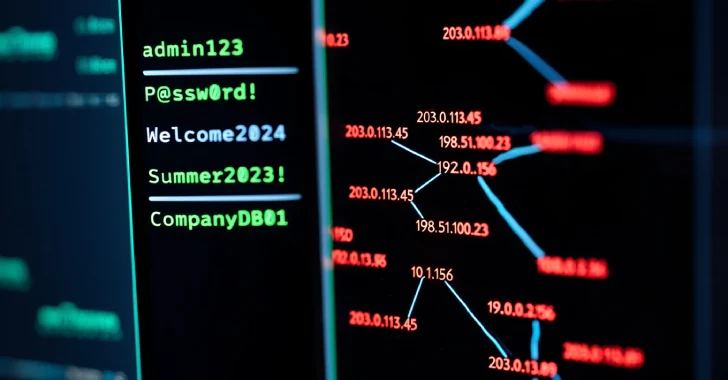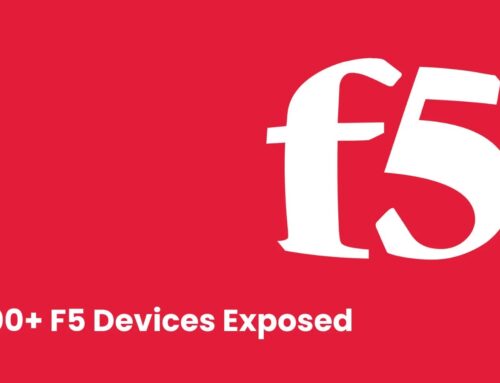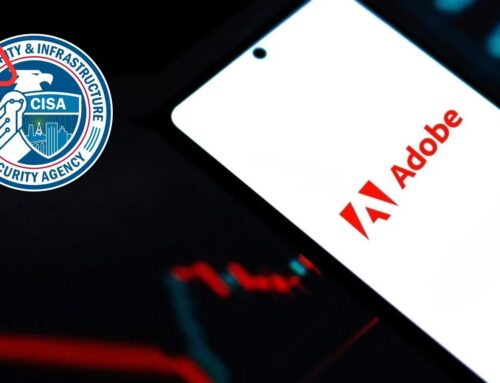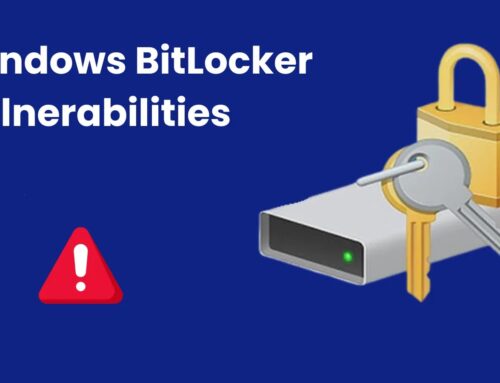
Vietnamese Hackers Use PXA Stealer, Hit 4,000 IPs and Steal 200,000 Passwords Globally
The Silent Threat: Vietnamese Hackers Unleash PXA Stealer, Compromising 4,000 IPs and 200,000 Passwords Globally
In an increasingly interconnected world, the digital landscape is under constant siege. Cybersecurity threats evolve at an alarming pace, and the latest alarm sounds from a sophisticated campaign orchestrated by Vietnamese-speaking cybercriminals. These actors are leveraging a potent new weapon: the PXA Stealer, a Python-based information stealer that has already compromised an estimated 4,000 IP addresses and stolen a staggering 200,000 passwords worldwide. This isn’t just another data breach; it’s a meticulously organized operation designed to monetize stolen data through a subscription-based underground ecosystem, complete with automated resale via Telegram APIs. Understanding this new threat and its operational tactics is paramount for any organization or individual operating online.
Understanding PXA Stealer: A Python-Powered Information Harvester
The PXA Stealer stands out due to its Python framework, which offers inherent cross-platform capabilities, making it a versatile tool for attackers. This particular stealer is designed to exfiltrate a wide array of sensitive information from compromised systems. While specific details on its full capabilities are still emerging, information stealers of this nature typically target:
- Browser Passwords: Credentials stored in popular web browsers (Chrome, Firefox, Edge, etc.).
- Browser Cookies: Session tokens that can be used to bypass authentication.
- Credit Card Information: Data saved within browsers or other applications.
- Cryptocurrency Wallet Data: Private keys or seed phrases from software wallets.
- Desktop Files: Specific file types (e.g., .doc, .pdf, .txt) that may contain sensitive data.
- System Information: Details like operating system version, installed software, and hardware configurations, often used for further exploitation or victim profiling.
The choice of Python makes the stealer relatively easy to develop and maintain, and its lightweight nature allows for quick deployment and execution, often without significant forensic footprint until the exfiltration occurs.
The Vietnamese Connection and Monetization Strategy
Cybersecurity researchers have definitively attributed this wave of campaigns to Vietnamese-speaking cybercriminal groups. This attribution is crucial as it helps in understanding the motivations and potential future targets of these actors. What makes this operation particularly alarming is the sophisticated monetization strategy employed. Rather than simply using stolen data for individual attacks, the threat actors have established a “subscription-based underground ecosystem.”
This model, which automates the resale and reuse of stolen data via Telegram APIs, indicates a highly organized and financially motivated operation. It allows multiple buyers to access continuously updated streams of compromised credentials and personal information, maximizing the criminals’ profits. This industrial-scale approach to cybercrime poses a significant long-term threat as it democratizes access to stolen data for other malicious actors, lowering the barrier to entry for various illicit activities.
Global Impact and Targeting Trends
The reported compromise of 4,000 IP addresses and 200,000 passwords globally underscores the widespread reach of these campaigns. While specific geographic targets haven’t been detailed, the global nature suggests a broad distribution mechanism, likely involving phishing campaigns, malicious software downloads, or exploitation of vulnerable systems. Organizations and individuals across various sectors are at risk, emphasizing the universal need for robust cybersecurity hygiene.
Remediation Actions and Proactive Security Measures
Given the pervasive nature of information stealer threats like PXA Stealer, a multi-layered defense strategy is essential. Proactive measures can significantly reduce the risk of compromise and mitigate the impact if an incident occurs:
- Multi-Factor Authentication (MFA): Implement MFA across all critical accounts. Even if credentials are stolen, MFA acts as a crucial second line of defense.
- Strong, Unique Passwords: Encourage the use of strong, unique passwords for every online account. Password managers can greatly assist in this.
- Software Updates: Regularly update operating systems, web browsers, and all software. Patches often address vulnerabilities that could be exploited to deliver malware.
- Email Security Awareness: Educate users about phishing, spear-phishing, and social engineering tactics. Many info-stealer infections begin with a malicious link or attachment in an email.
- Endpoint Detection and Response (EDR): Deploy EDR solutions to monitor endpoints for suspicious activity, detect malware, and respond to threats in real-time.
- Network Segmentation: Segment networks to limit the lateral movement of malware in case of a breach.
- Regular Backups: Maintain regular, offsite backups of critical data to ensure business continuity in case of compromise.
- Least Privilege Principle: Grant users only the minimum necessary access rights to perform their job functions.
- Threat Intelligence Feeds: Subscribe to reliable threat intelligence feeds to stay informed about emerging threats and indicators of compromise (IoCs) related to PXA Stealer or similar malware.
Tools for Detection and Mitigation
Organizations can leverage various tools to bolster their defenses against information stealers like PXA Stealer:
| Tool Name | Purpose | Link |
|---|---|---|
| Endpoint Detection and Response (EDR) Solutions | Real-time threat detection, incident response, and forensic capabilities on endpoints. | (Varies by vendor, e.g., CrowdStrike Falcon, SentinelOne, Microsoft Defender for Endpoint) |
| Network Intrusion Detection/Prevention Systems (IDS/IPS) | Monitor network traffic for malicious patterns and block known threats. | (Varies by vendor, e.g., Cisco Firepower, Palo Alto Networks, Suricata, Snort) |
| Security Information and Event Management (SIEM) | Collects, analyzes, and correlates security logs from various sources for threat detection and compliance. | (Varies by vendor, e.g., Splunk, IBM QRadar, Elastic SIEM) |
| Anti-malware/Antivirus Software | Detects and removes known malware, including information stealers. | (Varies by vendor, e.g., Malwarebytes, Bitdefender, Sophos) |
| Password Managers | Helps users create and manage strong, unique passwords, reducing the risk of credential compromise. | (Varies by vendor, e.g., LastPass, 1Password, Bitwarden) |
Conclusion
The emergence of PXA Stealer and its effective deployment by Vietnamese cybercriminals represents a significant escalation in the ongoing battle against cybercrime. The sophisticated monetization strategy of a subscription-based underground ecosystem highlights a dangerous trend towards industrialized data theft. As cybersecurity professionals, our vigilance is more critical than ever. Implementing robust security measures, fostering a culture of cybersecurity awareness, and staying informed about emerging threats are essential in protecting our digital integrity. The 200,000 compromised passwords serve as a stark reminder: the threat is real, global, and demands our collective and immediate attention.





